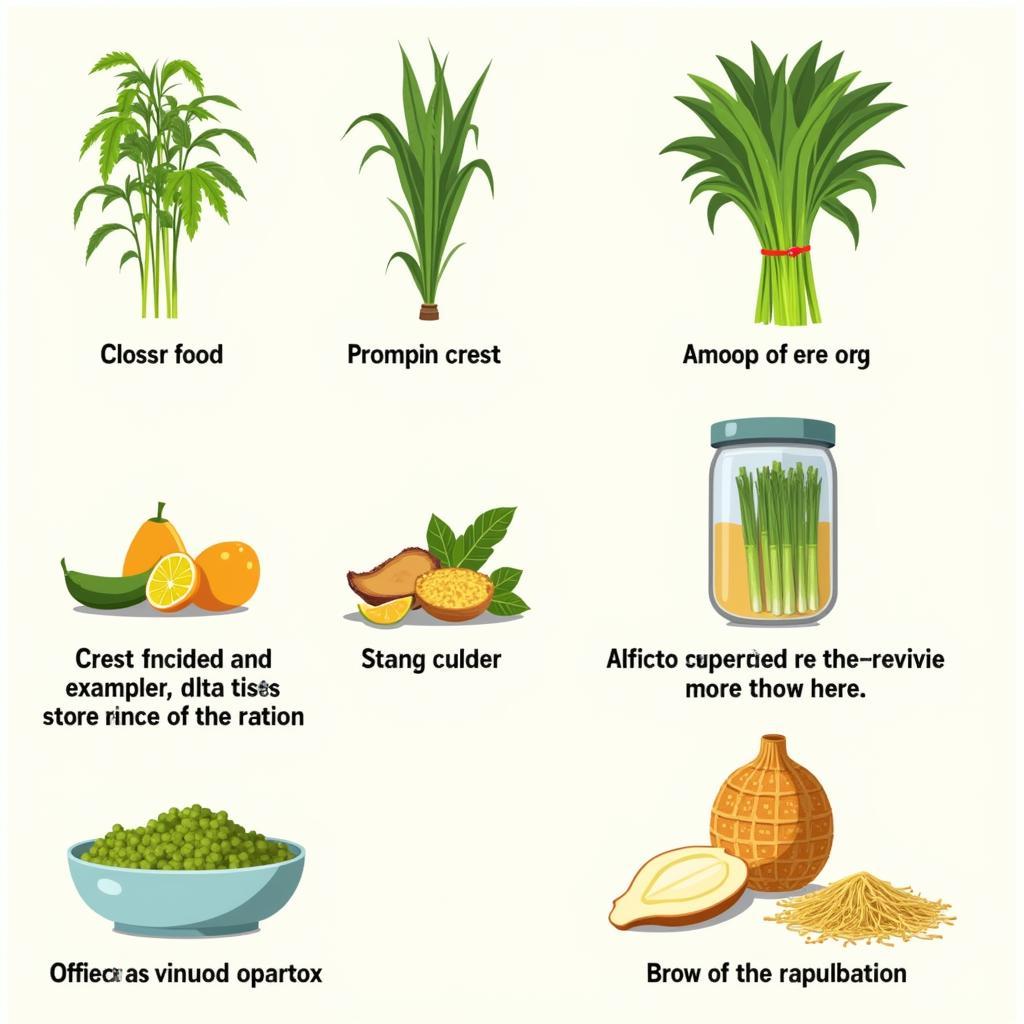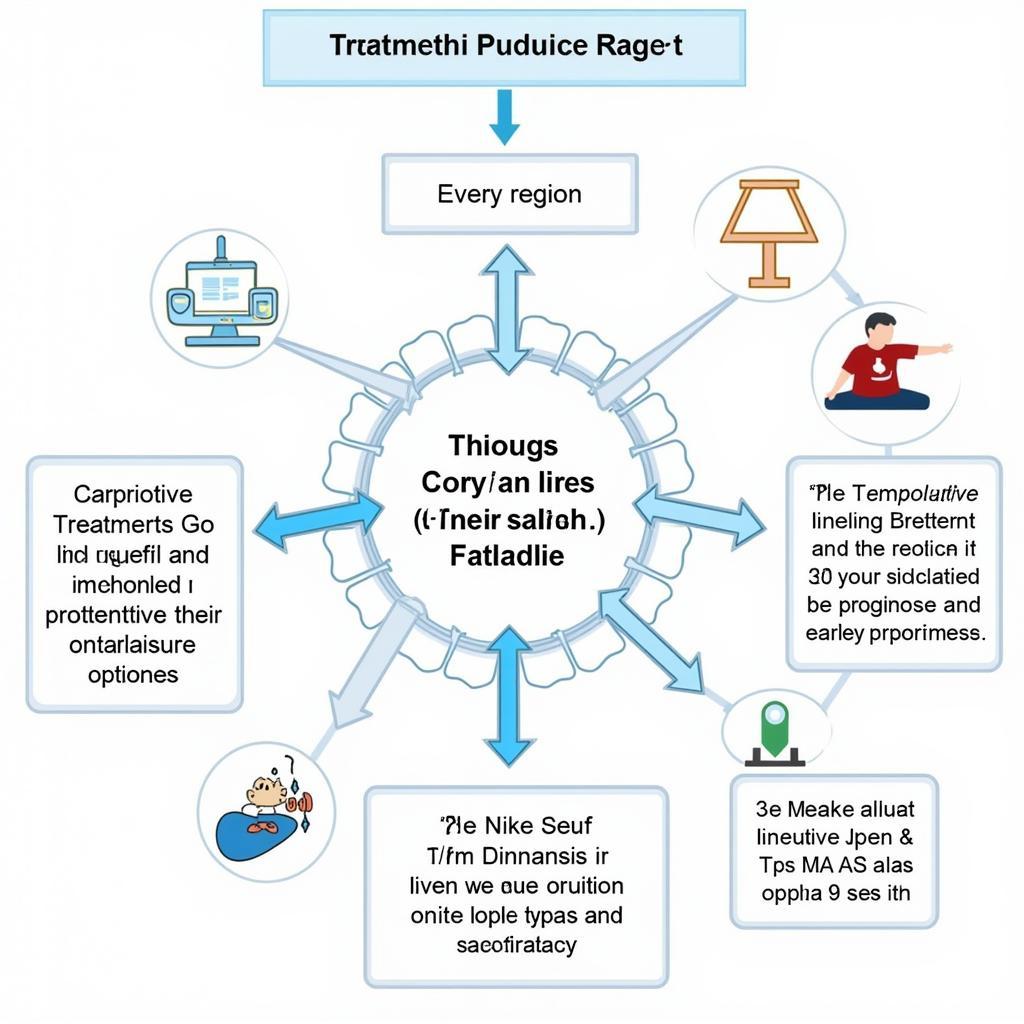Liver cancer poses a significant health threat across Southeast Asia, and understanding its risk factors is crucial for effective prevention. This article explores the connection between lifestyle choices, environmental factors, and the development of liver cancer in the ASEAN region. We will delve into the prevalence of Hepatitis B and C, their link to liver cancer, and the importance of early detection and treatment.
ASEAN countries face unique challenges in combating liver cancer, with varying healthcare infrastructure and access to treatment. The high incidence of Hepatitis B and C infections in the region contributes significantly to the liver cancer burden. Factors such as aflatoxin contamination in food, alcohol consumption, and non-alcoholic fatty liver disease (NAFLD) also play a role. Understanding these factors is the first step towards effective prevention and management of this devastating disease. For more information on healthcare in the ASEAN region, see ASE healthcare.
The Prevalence of Liver Cancer in Southeast Asia
Liver cancer is one of the most common cancers in Southeast Asia, with a disproportionately high mortality rate. Several factors contribute to this high prevalence, including the widespread presence of Hepatitis B and C. These viral infections are major risk factors for liver cancer, and their chronic nature often leads to the development of cirrhosis, further increasing the risk.
The Role of Hepatitis B and C
Hepatitis B and C are transmitted through blood and bodily fluids, and infections often occur through unsafe injection practices, sharing needles, or mother-to-child transmission. In many ASEAN countries, access to safe injection practices and affordable antiviral treatments remains limited, contributing to the high prevalence of these viruses. Early screening and vaccination programs are vital in preventing the spread of these infections and reducing the incidence of liver cancer.
Lifestyle Factors and Liver Cancer Risk
Beyond viral infections, lifestyle factors also significantly contribute to liver cancer risk. Excessive alcohol consumption, a common practice in some parts of Southeast Asia, can lead to liver damage and increase the risk of developing liver cancer. Similarly, the increasing prevalence of obesity and non-alcoholic fatty liver disease (NAFLD) poses another significant threat.
Dietary Habits and Aflatoxin Exposure
Dietary habits also play a crucial role. Aflatoxin, a toxin produced by certain fungi that can contaminate food crops, is a known carcinogen and contributes to liver cancer development. Exposure to aflatoxin is particularly concerning in some ASEAN countries where food storage and handling practices may be inadequate. You can find more information about cancer and detox at asea detox cancer.
 Aflatoxin Contamination in Food in ASEAN
Aflatoxin Contamination in Food in ASEAN
Early Detection and Treatment Options
Early detection is key to improving liver cancer survival rates. Regular screening for individuals at high risk, including those with chronic Hepatitis B or C, is crucial. Treatment options for liver cancer include surgery, chemotherapy, radiation therapy, and targeted therapies. Access to these treatments, however, varies significantly across the ASEAN region, highlighting the need for improved healthcare infrastructure and access to affordable care. Read more about oncology reports at ase reports in oncology.
The Importance of Vaccination and Prevention Programs
Vaccination against Hepatitis B is a highly effective preventive measure. Implementing widespread vaccination programs, particularly for children, can significantly reduce the incidence of Hepatitis B and subsequently lower the risk of liver cancer. Public health campaigns focusing on promoting healthy lifestyles, including moderate alcohol consumption, a balanced diet, and regular exercise, are also essential. Further insights into the use of ASEA for Ray X can be found at asea for ray x.
Conclusion
Liver cancer remains a significant health challenge in Southeast Asia, driven by a combination of viral infections, lifestyle factors, and environmental exposures. Addressing these factors through comprehensive prevention programs, improved access to early detection and treatment, and raising public awareness is crucial in combating this disease and improving outcomes for individuals affected by liver cancer. Continued research and collaboration among ASEAN nations are essential to developing effective strategies for prevention and control.
 Liver Cancer Treatment Options in ASEAN
Liver Cancer Treatment Options in ASEAN
FAQs
- What are the common symptoms of liver cancer?
- How is liver cancer diagnosed?
- What are the treatment options for liver cancer?
- What is the prognosis for liver cancer?
- How can I reduce my risk of liver cancer?
- What are the screening recommendations for liver cancer?
- Where can I find more information about liver cancer in ASEAN?
For more insights into clinical laboratory sciences in the ASEAN region, visit asean association of clinical laboratory sciences.
Need assistance? Contact us 24/7: Phone: 0369020373, Email: aseanmediadirectory@gmail.com, or visit us at: Thon Ngoc Lien, Hiep Hoa, Bac Giang, Vietnam.
